Visa Policy of Syria
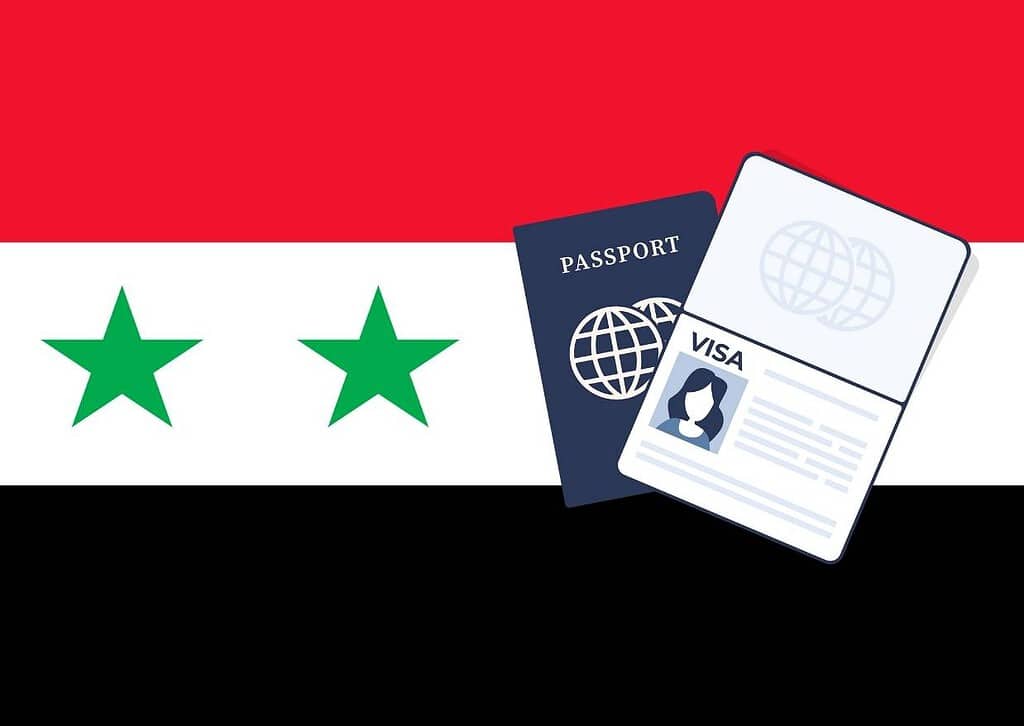
Independent travel to Syria without a tourist guide and an organized tour in Syria was possible until 2018. Since then, an accompanying tourist guide with a compulsory hotel reservation became required. The Syria tourist visa is administered through collaboration between the Ministry of Tourism, Immigration, and Passports. There are requirements to receive a Syrian visa […]
10 Best Syrian Yalanji Recipes
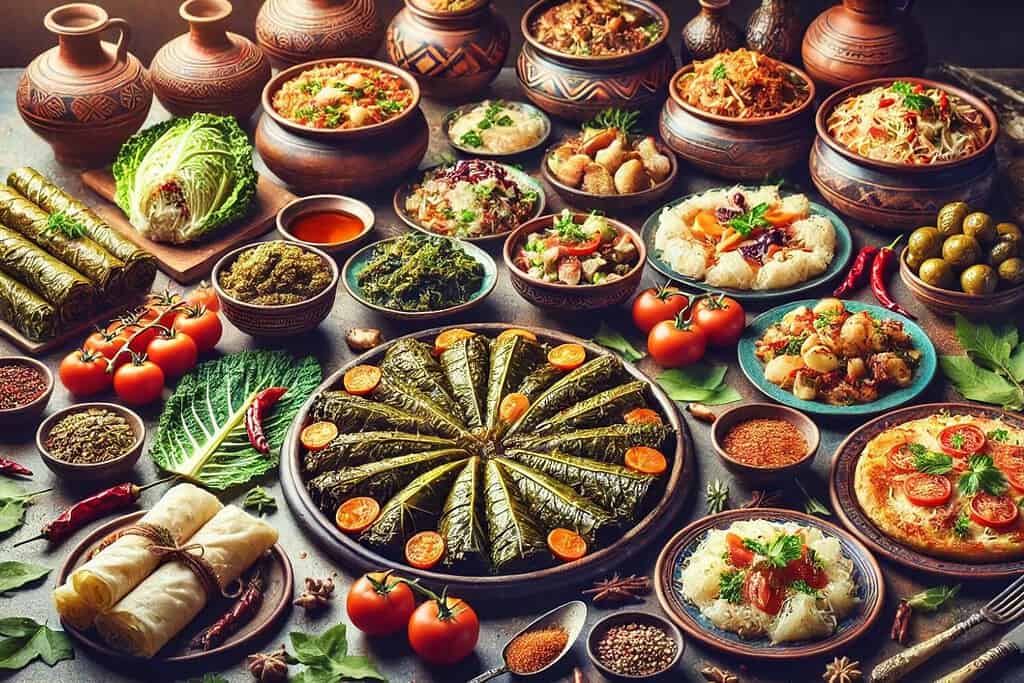
Welcome to the world of the food from Syria, where Yalanji stands out as one of the most cherished dishes. This article will guide you through the top 10 best Syrian Yalanji recipes, offering a culinary journey into the heart of this traditional delicacy. From the classic Grape Leaf Yalanji to the flavorful Cabbage Yalanji, […]
10 Best Syrian Shawarma Recipes
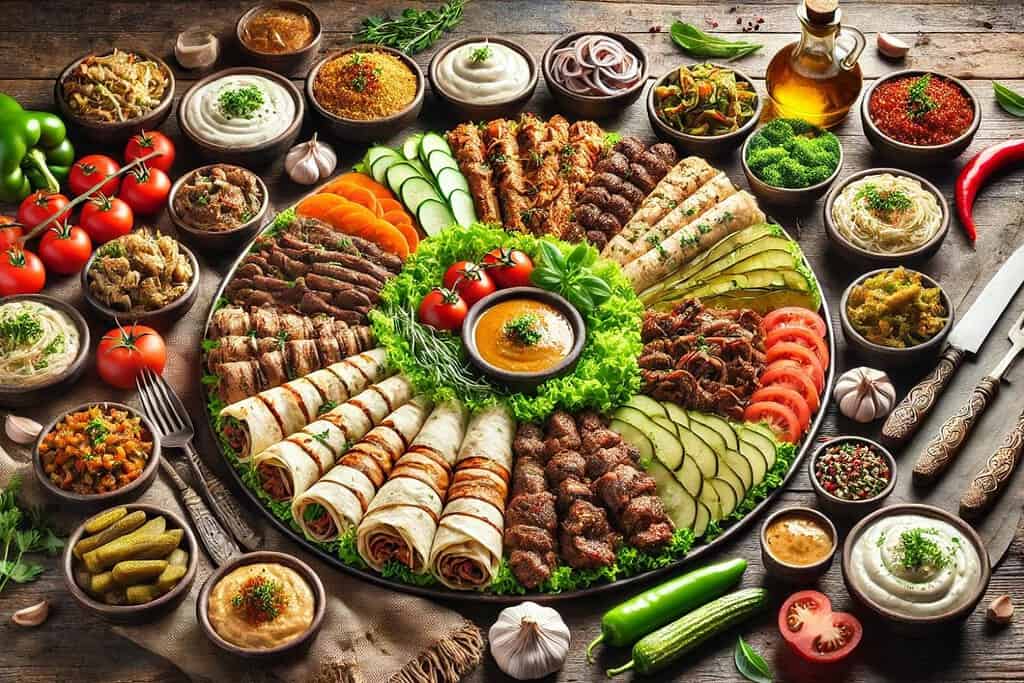
Welcome to the world of the food from Syria, where shawarma reigns as one of the most beloved dishes. This article will take you on a culinary journey through the top 10 best Syrian shawarma recipes. From the classic Chicken Shawarma to the delectable Lamb Shawarma, these recipes will showcase the versatility and rich flavors […]
10 Best Syrian Kebab Recipes
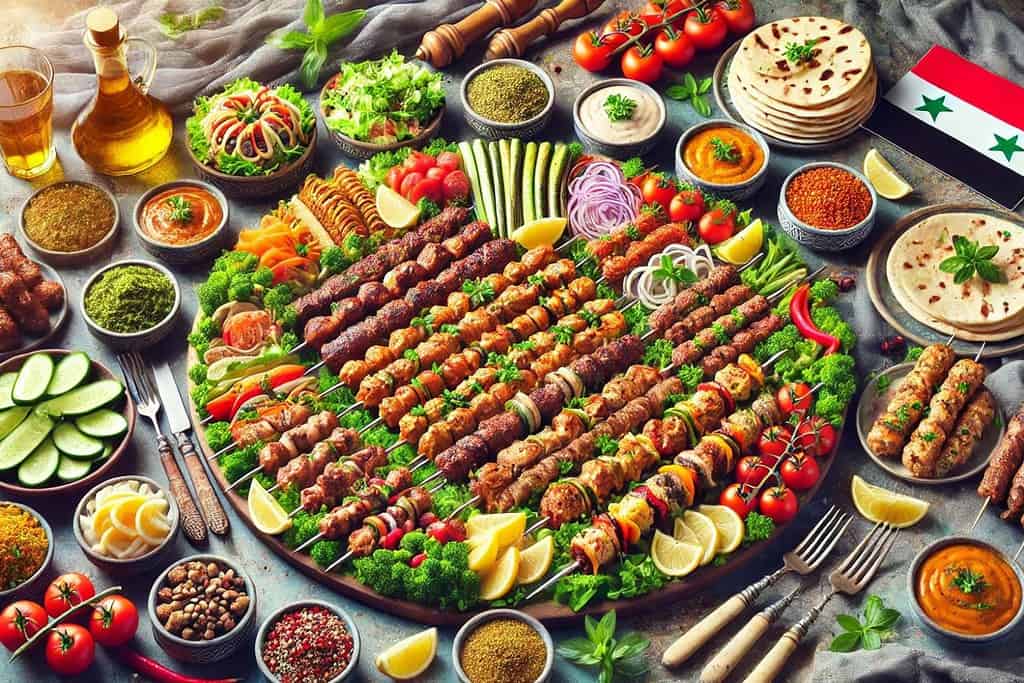
Welcome to the world of the food from Syria, where kebab reigns as one of the most beloved dishes. This article will take you on a culinary journey through the top 10 best Syrian kebab recipes. From the classic Kebab Halabi to the delectable Kebab Nayyeh, these recipes will showcase the versatility and rich flavors […]
10 Best Kibbeh Syrian Recipes
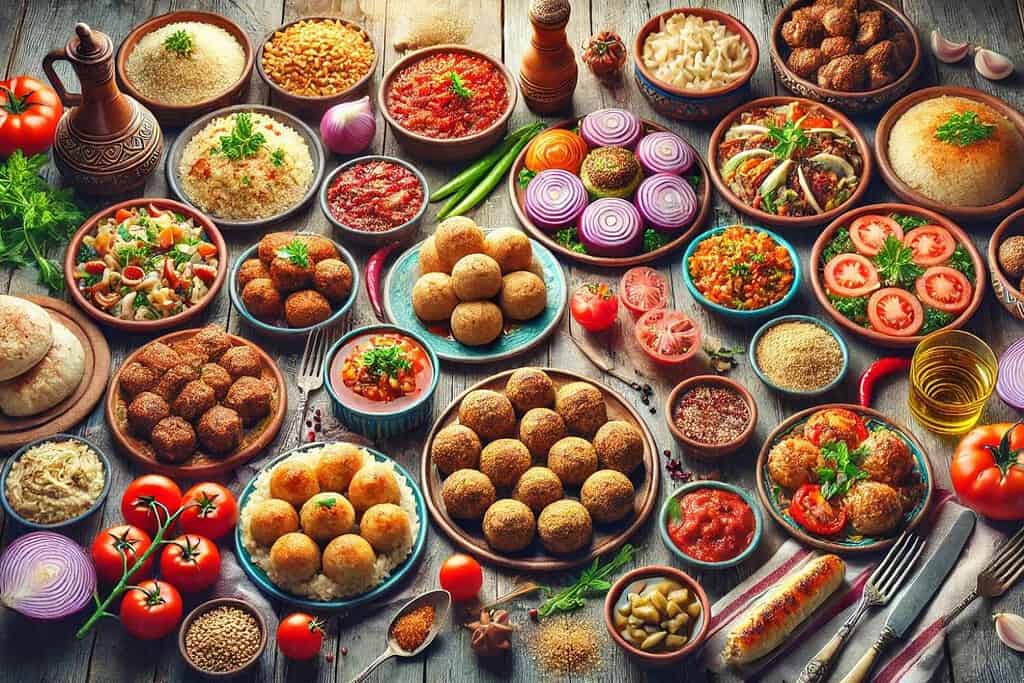
Welcome to the world of the food from Syria, where kibbeh reigns as one of the most beloved dishes. This article will take you on a culinary journey through the top 10 best kibbeh Syrian recipes. From the classic kibbeh nayyeh to the delectable kibbeh arnabieh, these recipes will showcase the versatility and rich flavors […]
Syria Culture
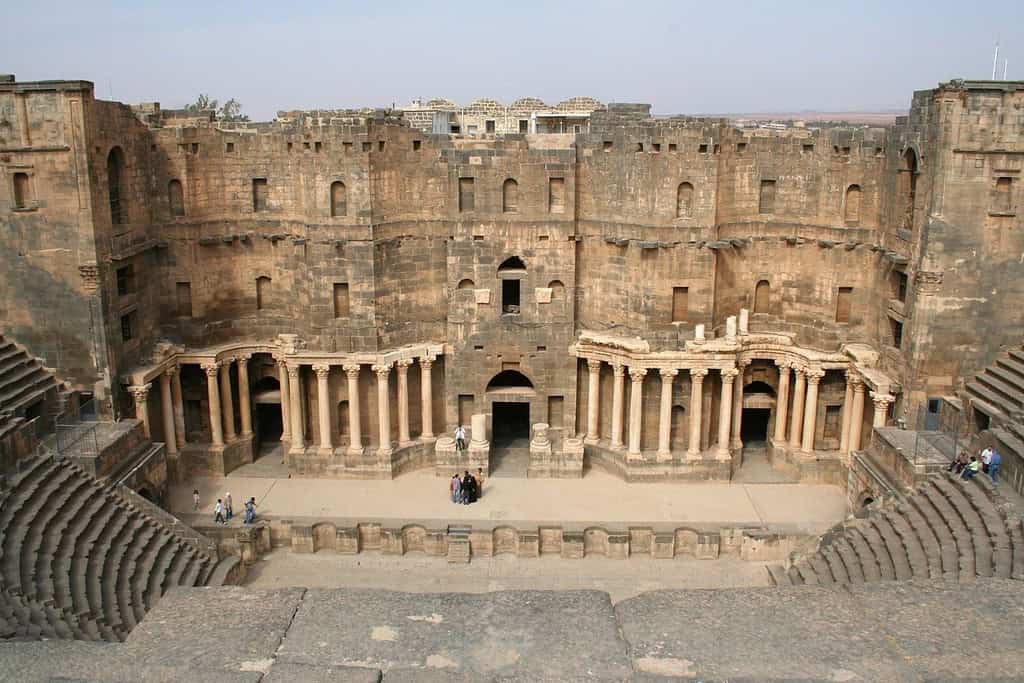
Explore the culture of Syria as we offer you a comprehensive understanding of the customs in Syria, and its rich and dynamic heritage, including traditions, values, and distinctive customs and practices. Syrians hold a deep appreciation for hospitality, warmly receiving guests into their homes. Family plays a central role in Syrian society, fostering tight-knit bonds […]
Syria Tour Guide
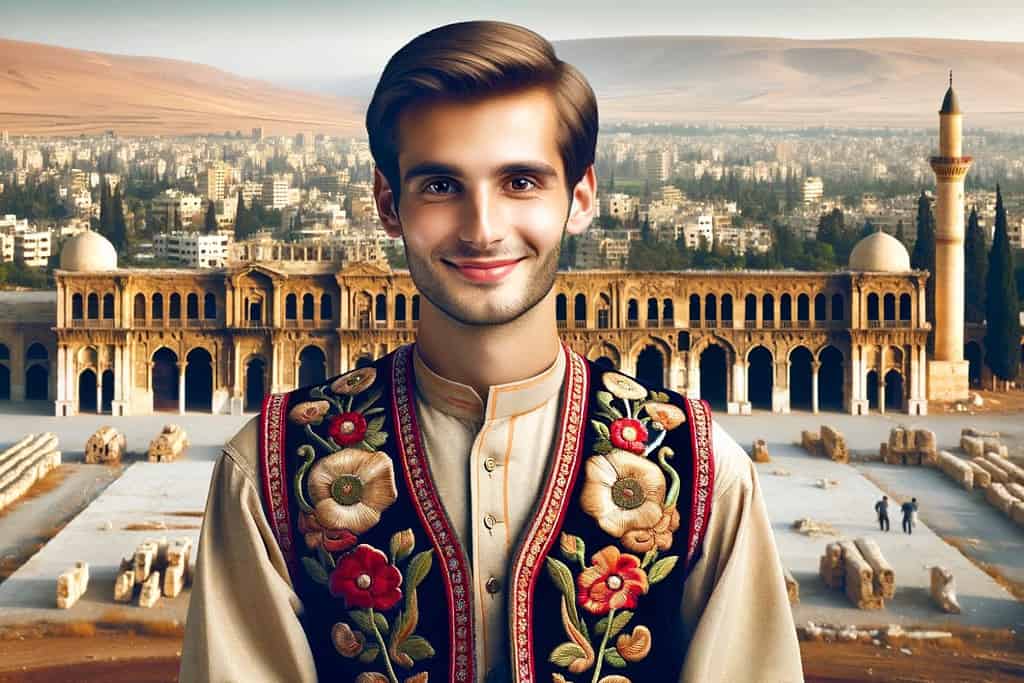
When it comes to visiting Syria, you deserve nothing but the best Syria tour guide. RJ Travel LLC takes immense pride in offering safe and reliable tours to Syria, complete with expert local tour guides who will enhance your exploration of this remarkable nation. Discover how we provide services that go beyond your expectations, ensuring […]
Where is Syria located
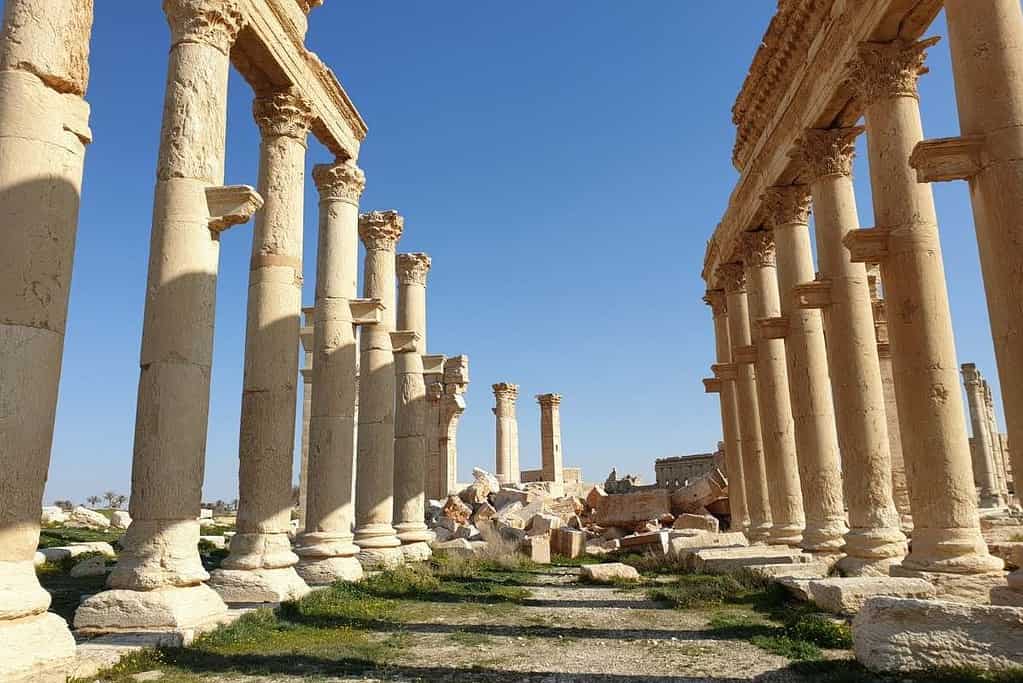
Where is Syria located? Syria is a country located in the western part of Asia, specifically in the Middle East. It shares borders with several neighboring countries, making it a crucial geographical crossroads. Syria is bordered by Turkey to the north, Iraq to the east, Jordan to the south, Israel to the southwest, and Lebanon […]
Geography of Syria
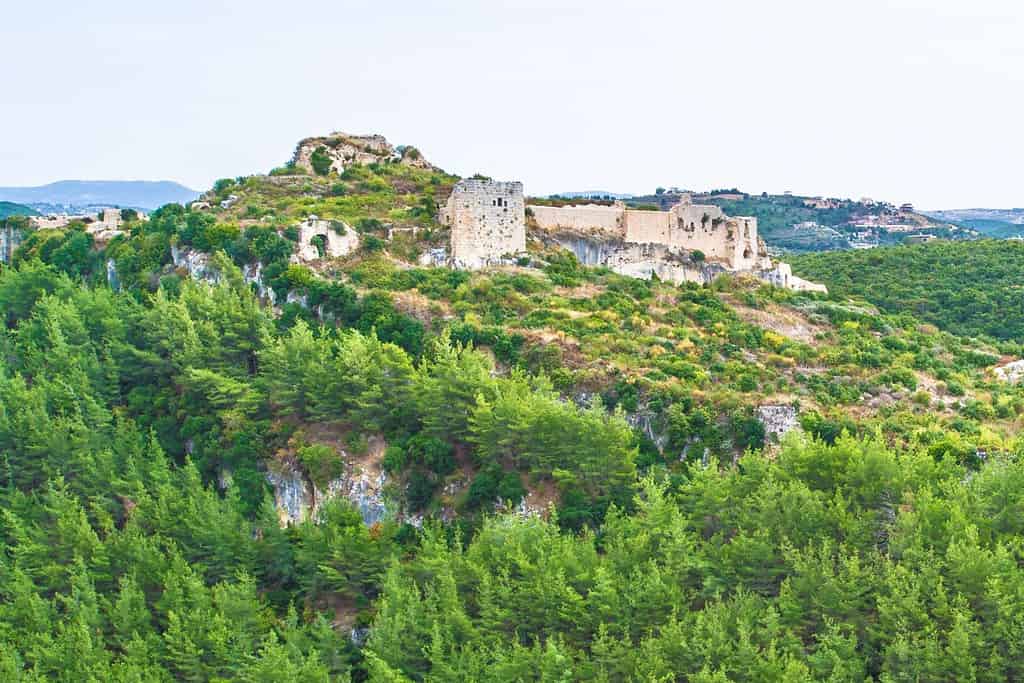
The geography of Syria offers a fascinating blend of historical significance and diverse landscapes. Located in the heart of the Middle East, this ancient land’s geographic features have played a pivotal role in shaping its history and cultural heritage. Nestled at the crossroads of Asia, Africa, and Europe, Syria geography beckons adventurous travelers with its […]
Food from Syria
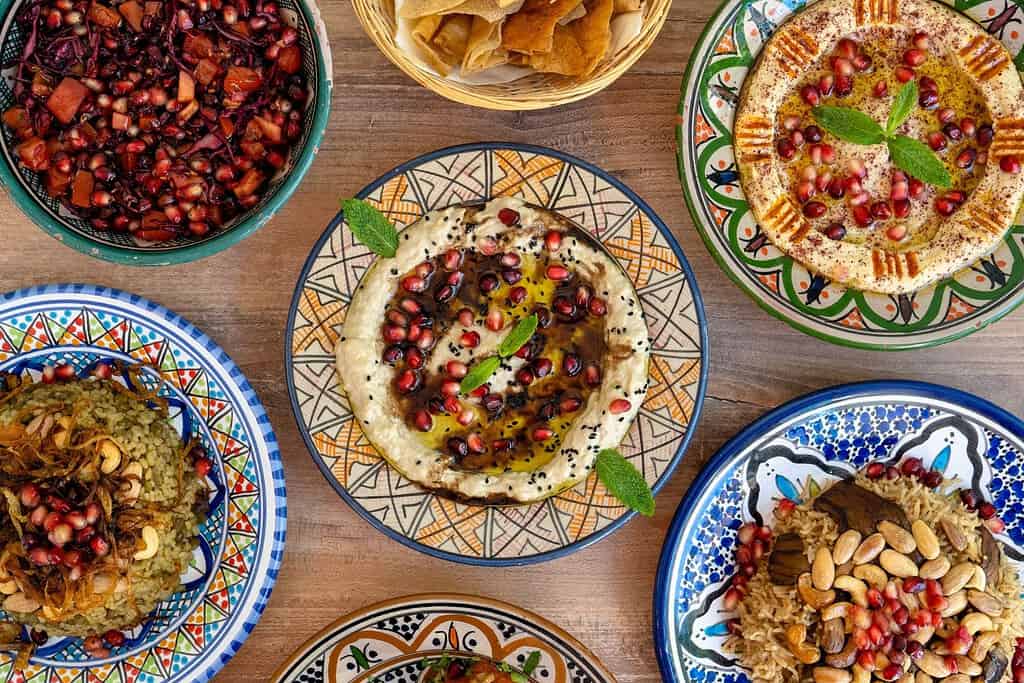
Embarking on a culinary adventure through food from Syria unveils a treasure trove of tantalizing flavors and cultural traditions. From the traditional and best-loved dishes to the popular street foods, Syrian food is a captivating blend of Middle Eastern and Mediterranean influences. Let’s delve into the diverse and mouthwatering foods that make up the vibrant […]
Flag of Syria
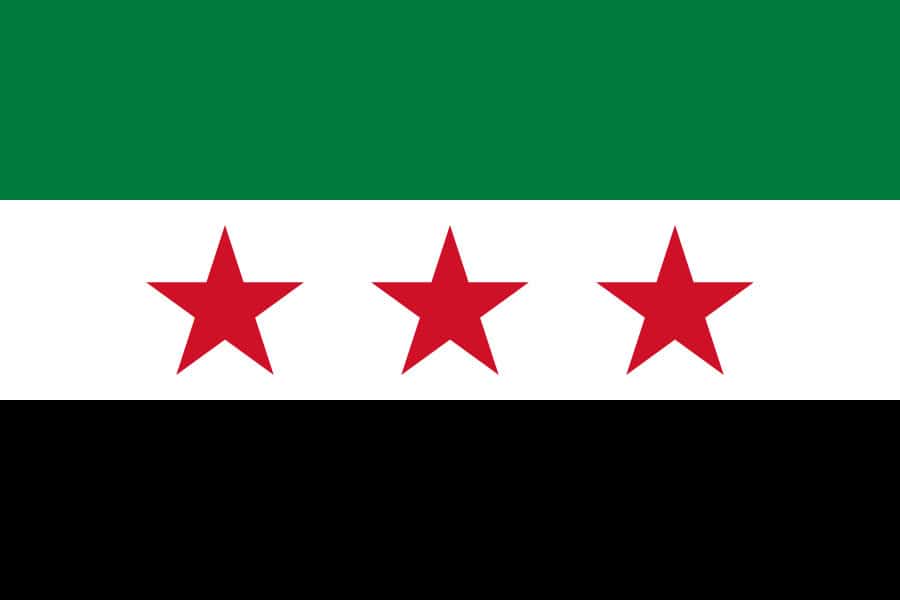
The Syrian flag, also known as the flag of Syria, holds a significant place in the nation’s history and culture, representing the Syrian identity and heritage. With its distinctive colors and meaningful symbolism, the flag stands as a powerful symbol of unity and pride. In this article, we will delve into the intriguing aspects of […]
Syria Visa on Arrival
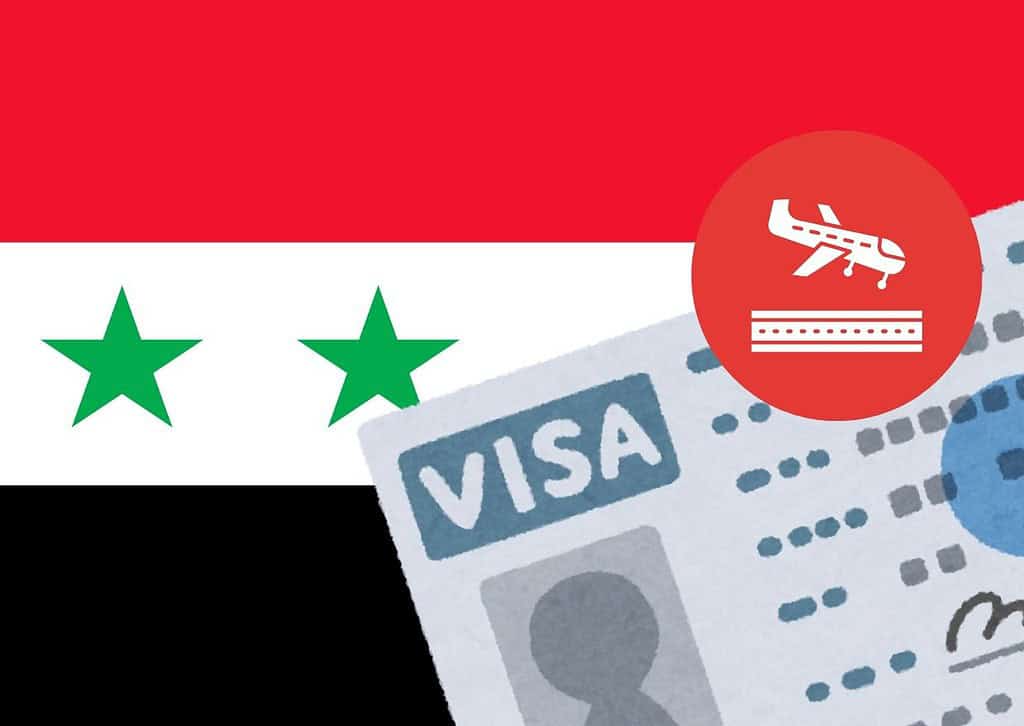
Getting a Syria Visa on arrival at the border or at the airport is very straightforward. Learn here how to get a Syrian visa step-by-step. Everyone, before travel to Syria must acquire a border security clearance number unless they come from one of the visa-exempt nations. The Visa policy of Syria is very clear about […]
Citadel of Salah Ed-Din in Syria
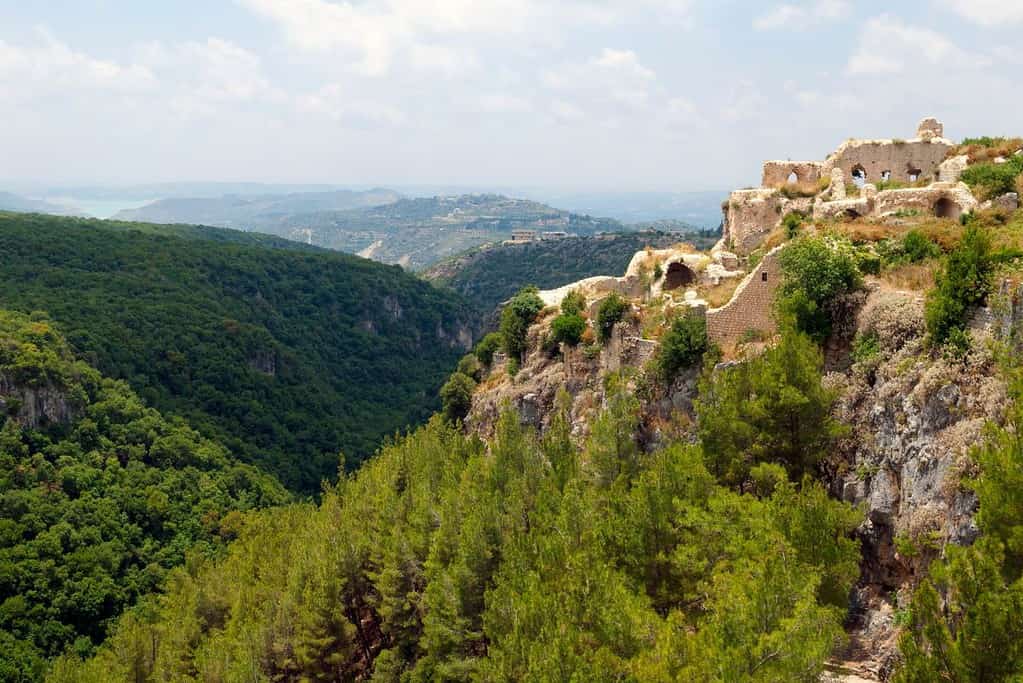
Travel to Citadel of Salah Ed-Din, an iconic destination for history and architecture enthusiasts in Latakia, Syria. This remarkable fortress, constructed in the 12th century, was recognized for its grandeur and strategic design. When you visit the Citadel of Salah Ed-Din, you can admire this remarkable fortress’s impressive architecture, intricate decorations, and historical importance. Our […]
Krak des Chevaliers in Syria
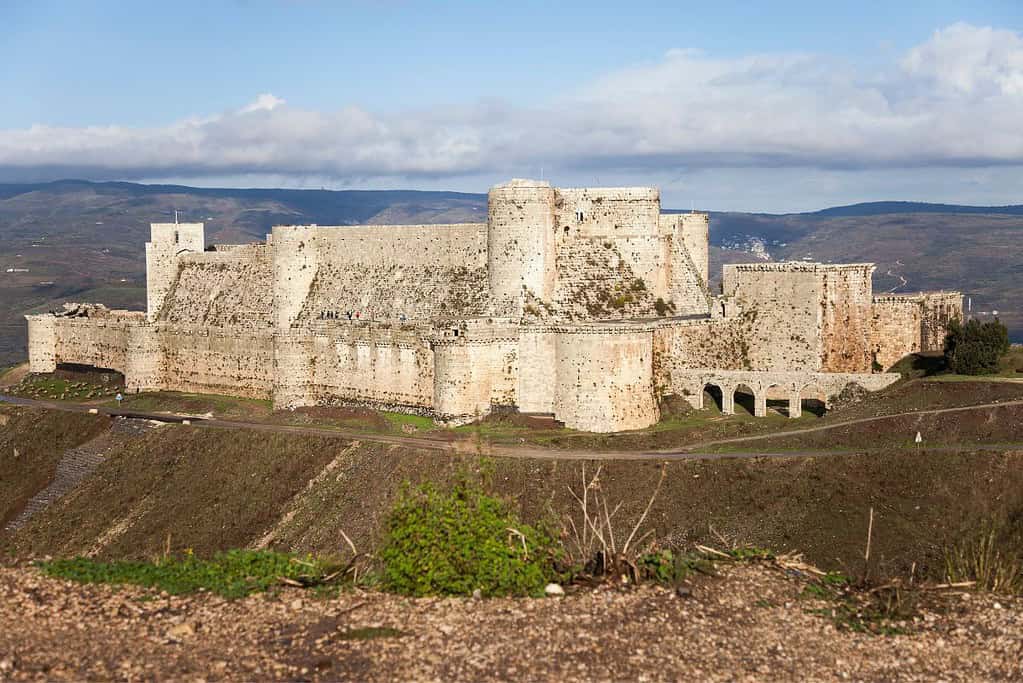
Travel to Krak des Chevaliers, an iconic destination for history and architecture enthusiasts in Homs, Syria. This remarkable fortress, constructed in the 12th century, was recognized for its grandeur and unique design. When you visit the Crac des Chevaliers, you can admire this remarkable fortress’s impressive architecture, intricate decorations, and historical importance. Our tours in […]
Umayyad Mosque in Syria
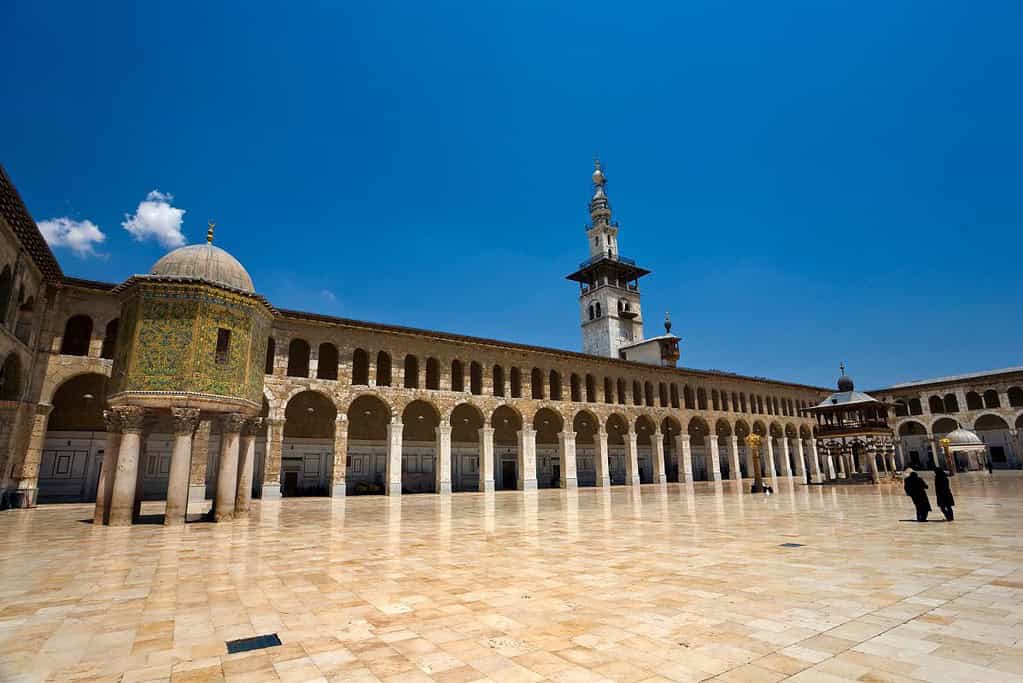
Travel to Umayyad Mosque, a must-visit destination for history and architecture enthusiasts in Damascus, Syria. This extraordinary mosque, completed in the 8th century, has been celebrated for its splendor and distinctive design. When you visit the Omayyad Mosque, you can appreciate this extraordinary mosque’s stunning architecture, elaborate decorations, and historical significance. Our tours in Syria […]
Ancient City of Palmyra (Tadmur) in Syria
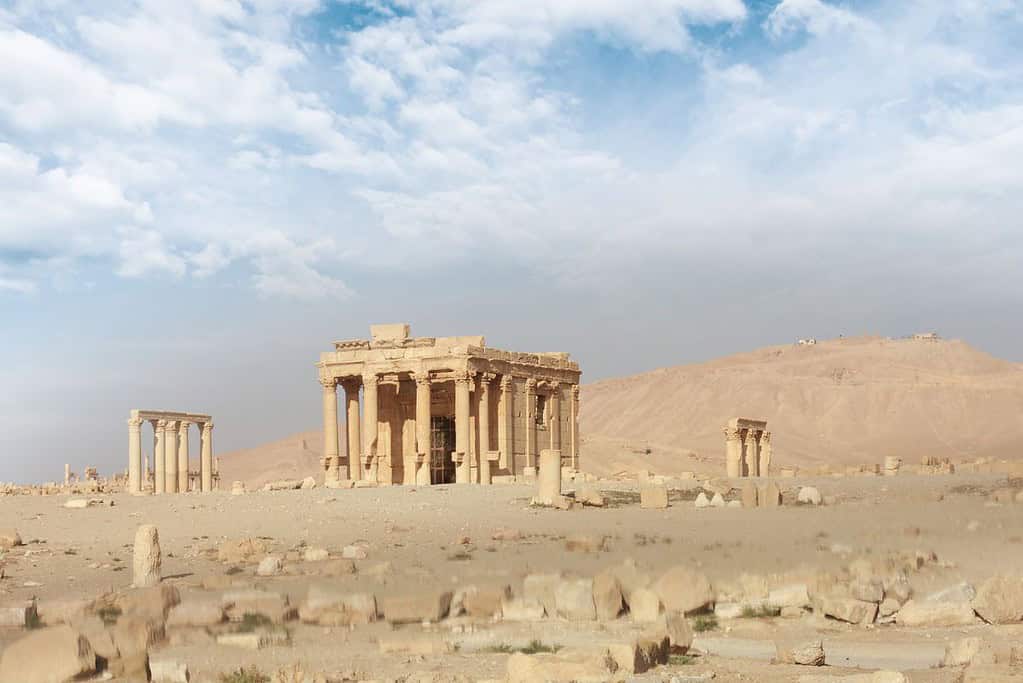
Travel to Palmyra, an iconic destination for history and architecture aficionados in Tadmur, Syria. This exceptional site, dating back to the 1st century AD, was renowned for its strategic position and architectural splendor. When you visit Palmyra, you can appreciate this ancient city’s remarkable architecture, intricate carvings, and historical significance. Our tours in Syria allow […]
Norias of Hama in Syria
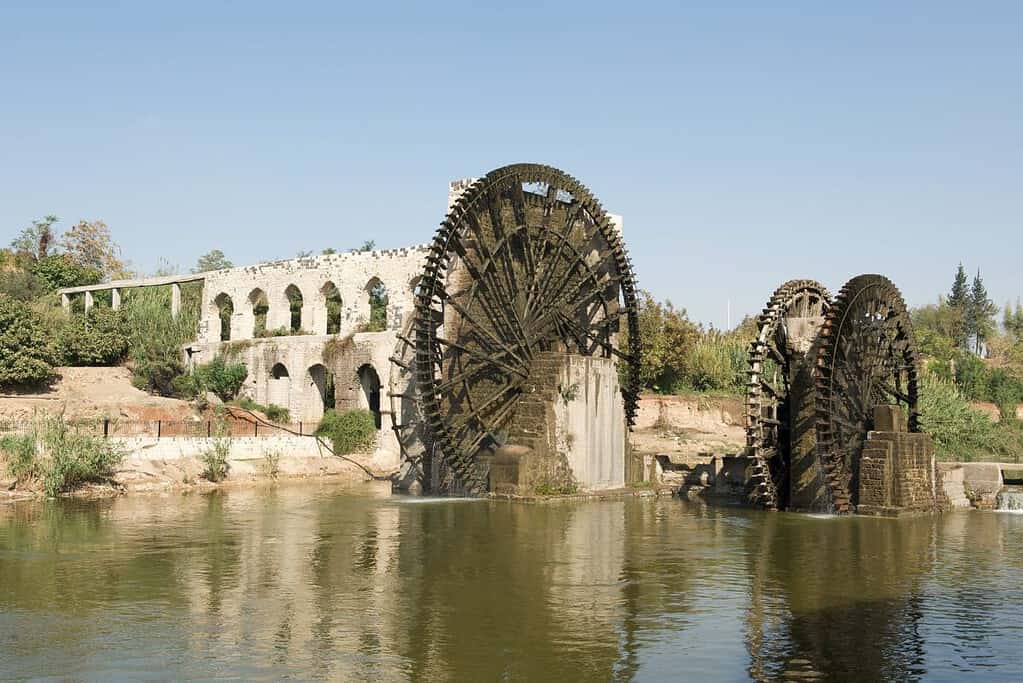
Travel to Norias of Hama, a remarkable destination for history and engineering enthusiasts in Hama, Syria. These captivating water wheels, dating back to the Byzantine era, are recognized for their intricate design, ingenuity, and unique aesthetic appeal. When you visit the Norias of Hama, you can admire these ancient water wheels’ impressive engineering, historical importance, […]
Maaloula in Syria
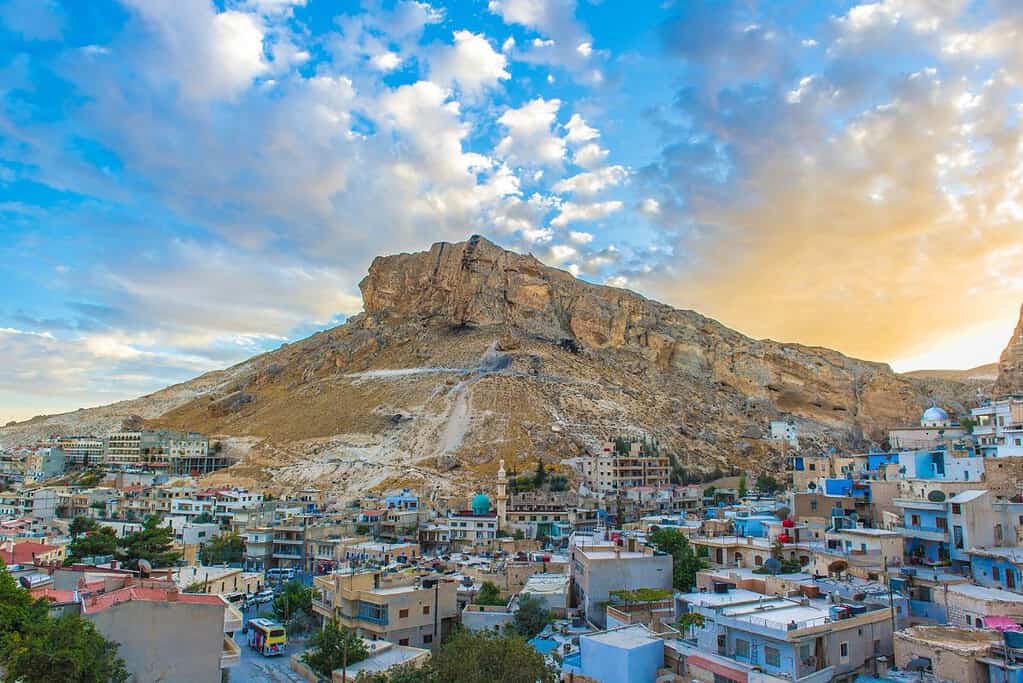
Travel to Maaloula, an extraordinary destination for culture and history enthusiasts in Rif Dimashq, Syria. This charming village, nestled in the rugged mountainside, is renowned for its Christian monasteries, ancient Aramaic language, and distinctive architectural elements. When you visit “Maʿlūlā”, you can admire this captivating village’s vibrant colors, historical importance, and cultural significance. Our tours […]
Ancient city of Ebla (Tell Mardikh) in Syria
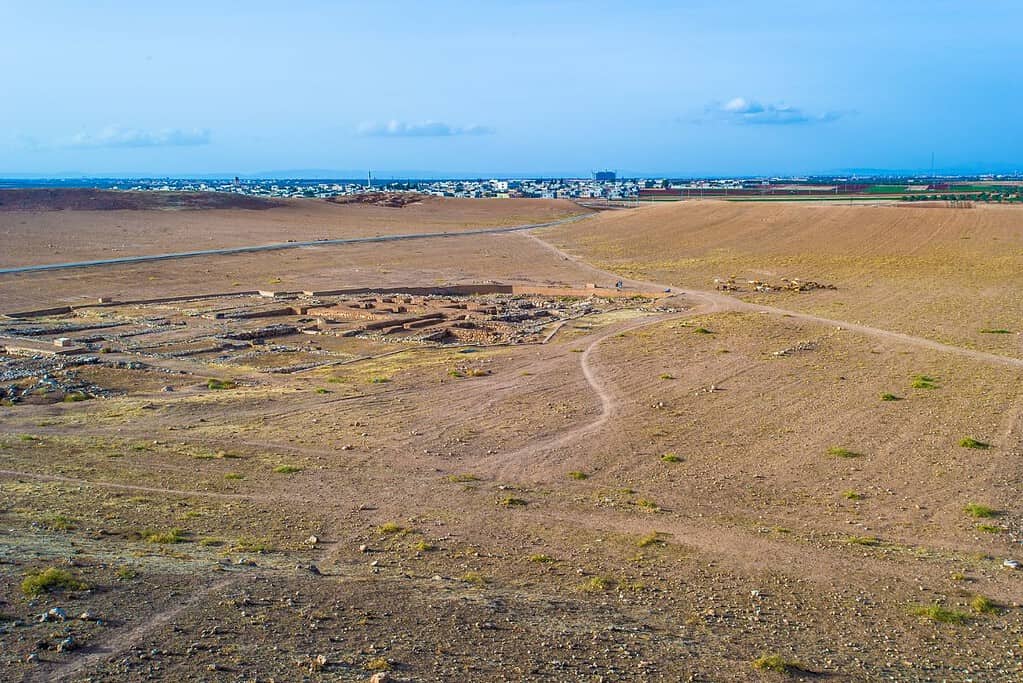
Travel to Ebla (Tell Mardikh), a remarkable destination for history and archaeology enthusiasts in Idlib, Syria. This enthralling site, founded in the 3rd millennium BC, was recognized for its well-preserved ruins, extensive archives, and unique architectural elements. When you visit Ebla (Tell Mardikh), you can admire this enigmatic ancient city’s extraordinary architecture, intricate decorations, and […]
Ancient city of Dura-Europos in Syria
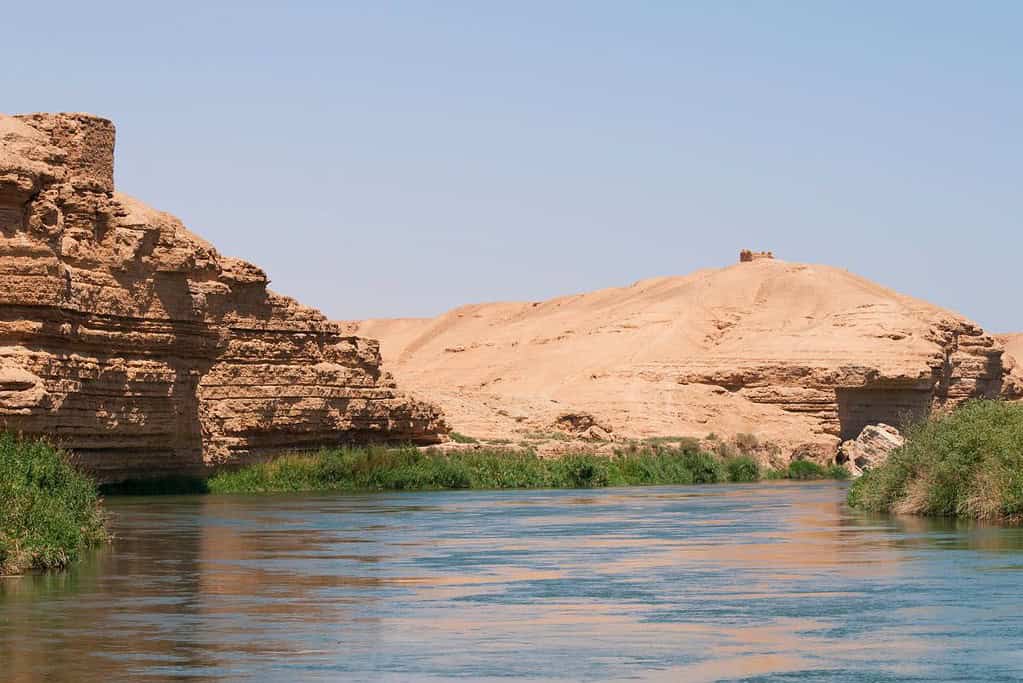
Travel to Dura-Europos, an extraordinary destination for history and archaeology enthusiasts in Deir Ez-Zor, Syria. This intriguing site, founded in the 3rd century BC, was recognized for its well-preserved ruins, diverse cultural influences, and unique architectural elements. When you visit Dura Europos, you can admire this enigmatic ancient city’s remarkable architecture, intricate decorations, and historical […]
Ancient city of Bosra in Syria
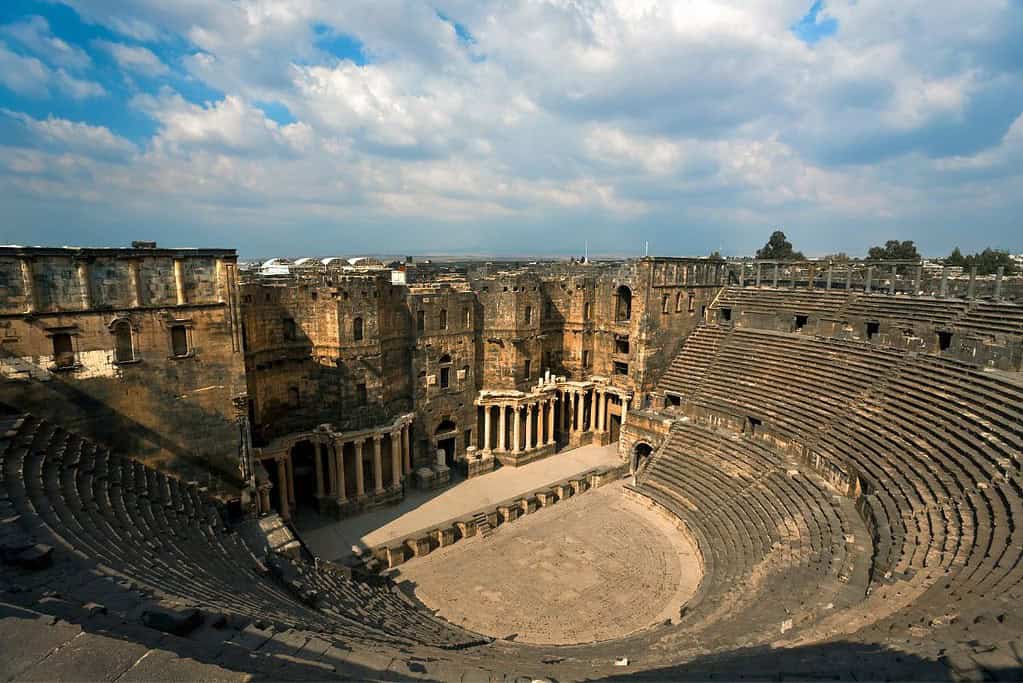
Travel to Bosra (Busrā al-Shām), a remarkable destination for history and archaeology enthusiasts in Daraa, Syria. This fascinating site, founded in the 2nd century BC, was recognized for its well-preserved ruins, including the impressive Roman theater and unique architectural elements. When you visit Ancient Bosra (Busrā al-Shām), you can admire this enigmatic ancient city’s striking […]
Ancient city of Apamea in Syria
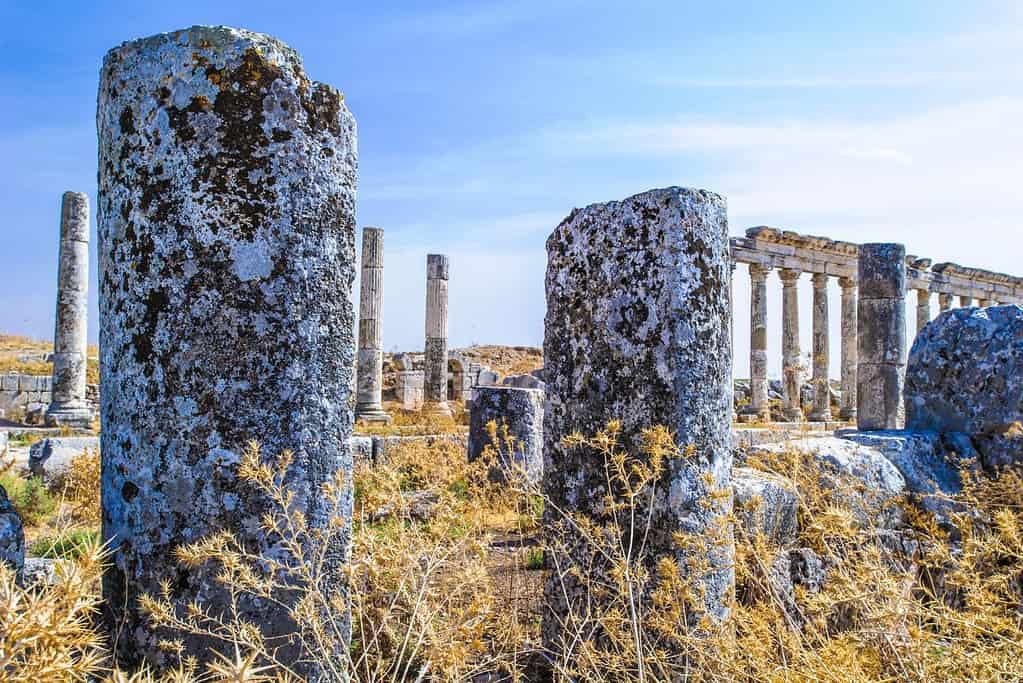
Travel to Apamea (Afamia), an extraordinary destination for history and archaeology enthusiasts in Hama, Syria. This remarkable site, founded in the 3rd century BC, was recognized for its well-preserved ruins and unique architectural elements. When you visit Apamea (Afamia), you can admire this enigmatic ancient city’s mesmerizing architecture, intricate decorations, and historical importance. Our tours […]
Royal Palace of Ugarit in Syria
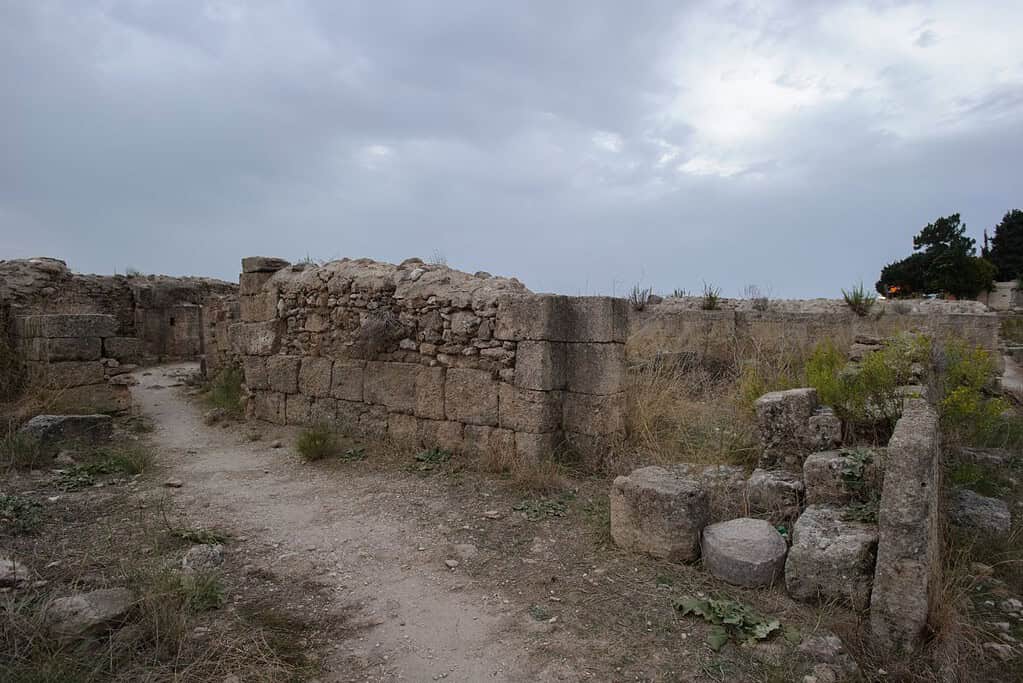
Travel to Royal Palace of Ugarit, an exceptional destination for history and archaeology enthusiasts in Latakia, Syria. This fascinating site, dating back to the 2nd millennium BC, was recognized for its remarkable ruins, extensive archives, and unique architectural elements. When you visit Ugarit’s Kingly Palace, you can admire the impressive architecture, intricate decorations, and historical […]
Dead City of Serjilla in Syria
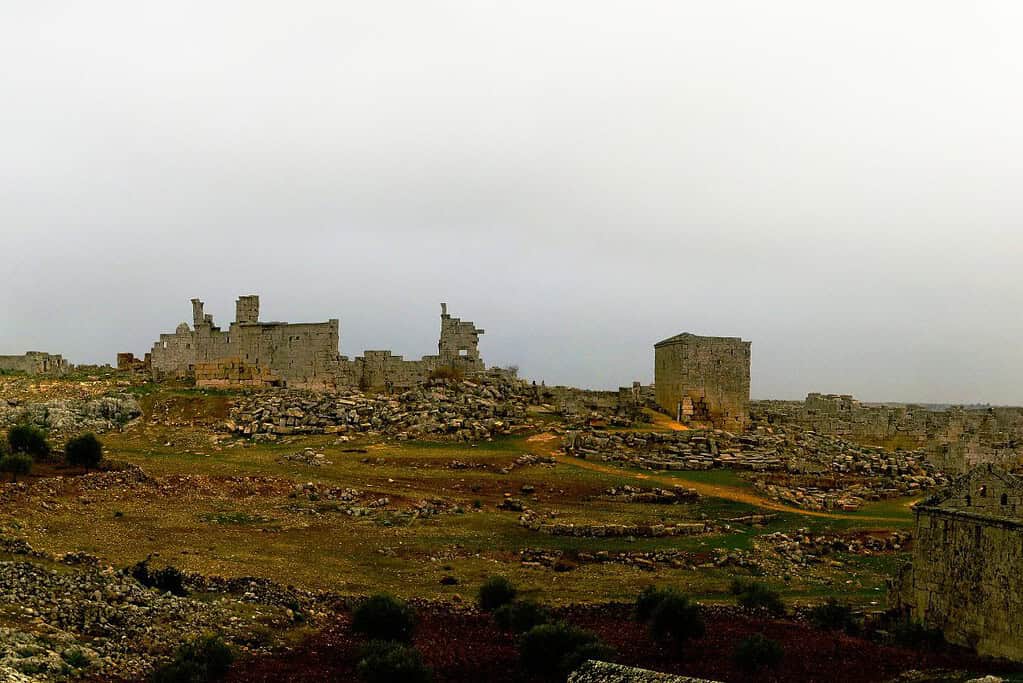
Travel to the Dead City of Serjilla, an exceptional destination for history and archaeology enthusiasts in Idlib, Syria. This remarkable site, dating back to the 5th century AD, was recognized for its well-preserved ruins and unique architectural style. When you visit the Serjilla Dead City, you can admire this enigmatic site’s fascinating architecture, intricate decorations, […]
Citadel of Aleppo in Syria
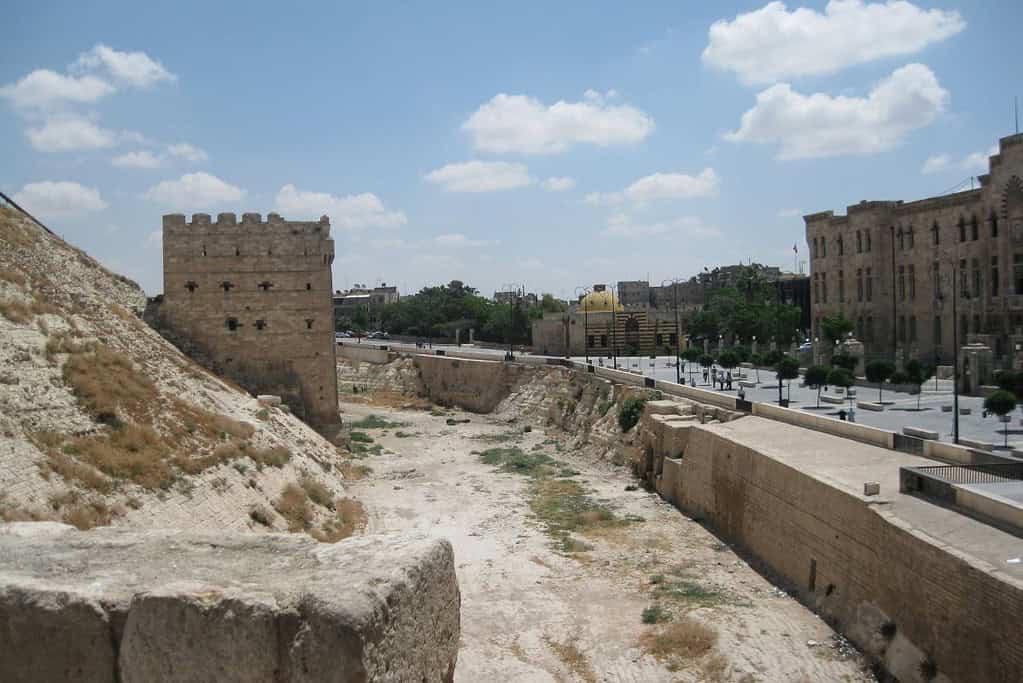
Travel to the Citadel of Aleppo, an iconic destination for history and architecture enthusiasts in Aleppo, Syria. This extraordinary fortress, dating back to the 3rd millennium BC, was recognized for its grandeur and strategic design. When you visit the Aleppo Citadel, you can admire this remarkable fortress’s impressive architecture, intricate decorations, and historical importance. Our […]
Temple of Bel in Syria

Travel to the Temple of Bel, an exceptional destination for history and archaeology enthusiasts in Palmyra, Syria. This mesmerizing temple, constructed in the 1st century AD, was recognized for its grandeur, unique architectural design, and religious significance. When you visit the Bel Temple, you can admire this awe-inspiring temple’s impressive architecture, intricate decorations, and historical […]
Tours in Syria
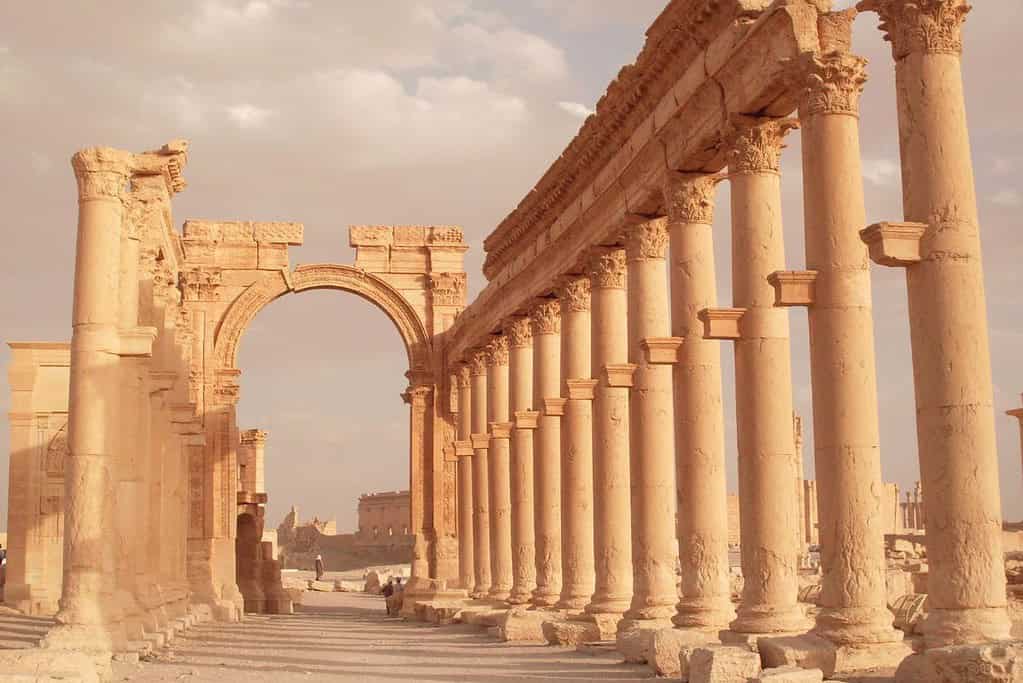
Syria Tours Ancient lands with amazing food Introduction About Syria Sample 6-day Itinerary Our tours in Syria take you through a captivating journey, from exploring the ancient city of Damascus, one of the world’s oldest continuously inhabited cities, to visiting the stunning Ancient city of Palmyra. Discover the medieval citadel of Aleppo, wander through its bustling souks, and admire the […]
Syria Visa Application Form

This form is to request a Syria border security clearance number. After having this number, you can easily buy your Syria visa on arrival at the border or at the airport in Damascus. Most nationalities can make a Syrian visa at the border after having the visa reference number document. Fill up all the requested […]
